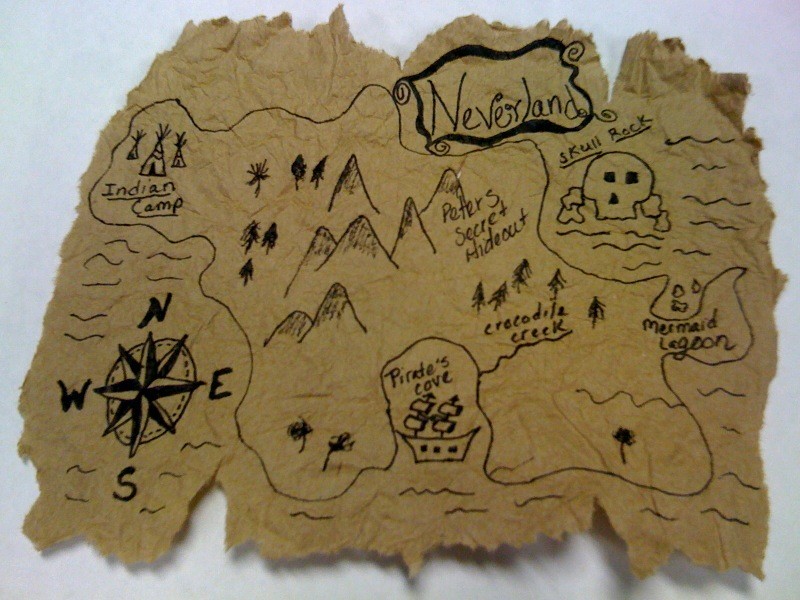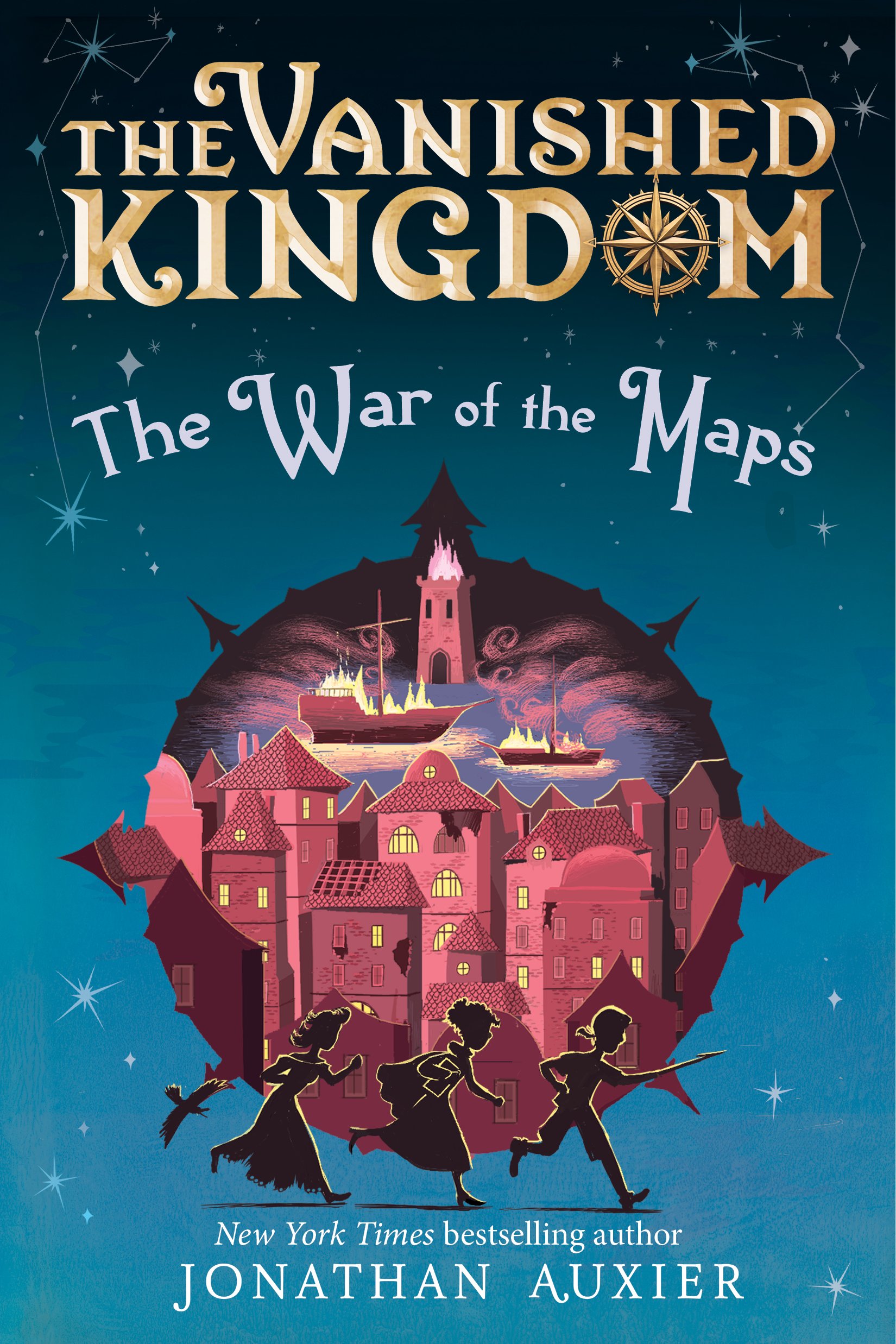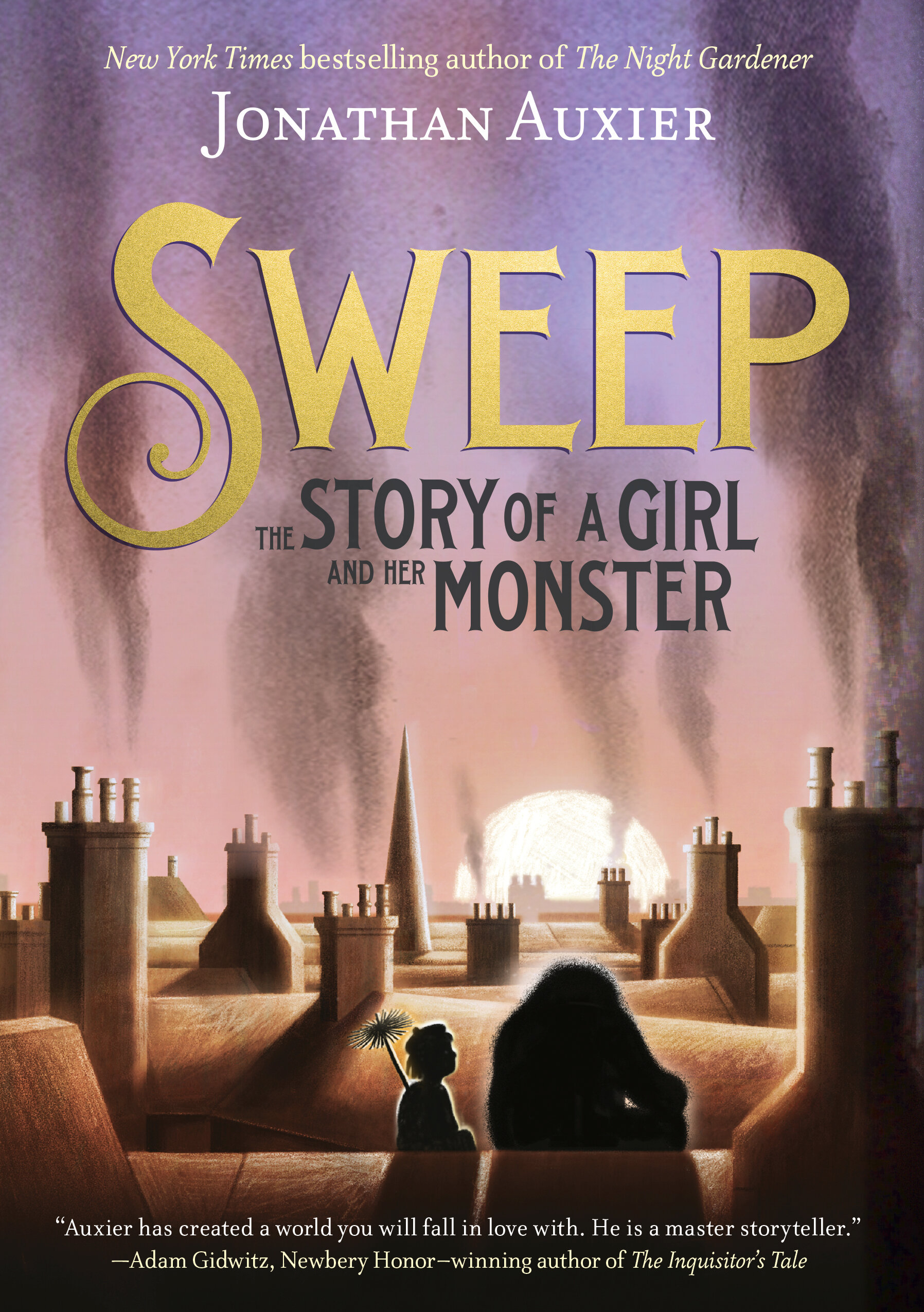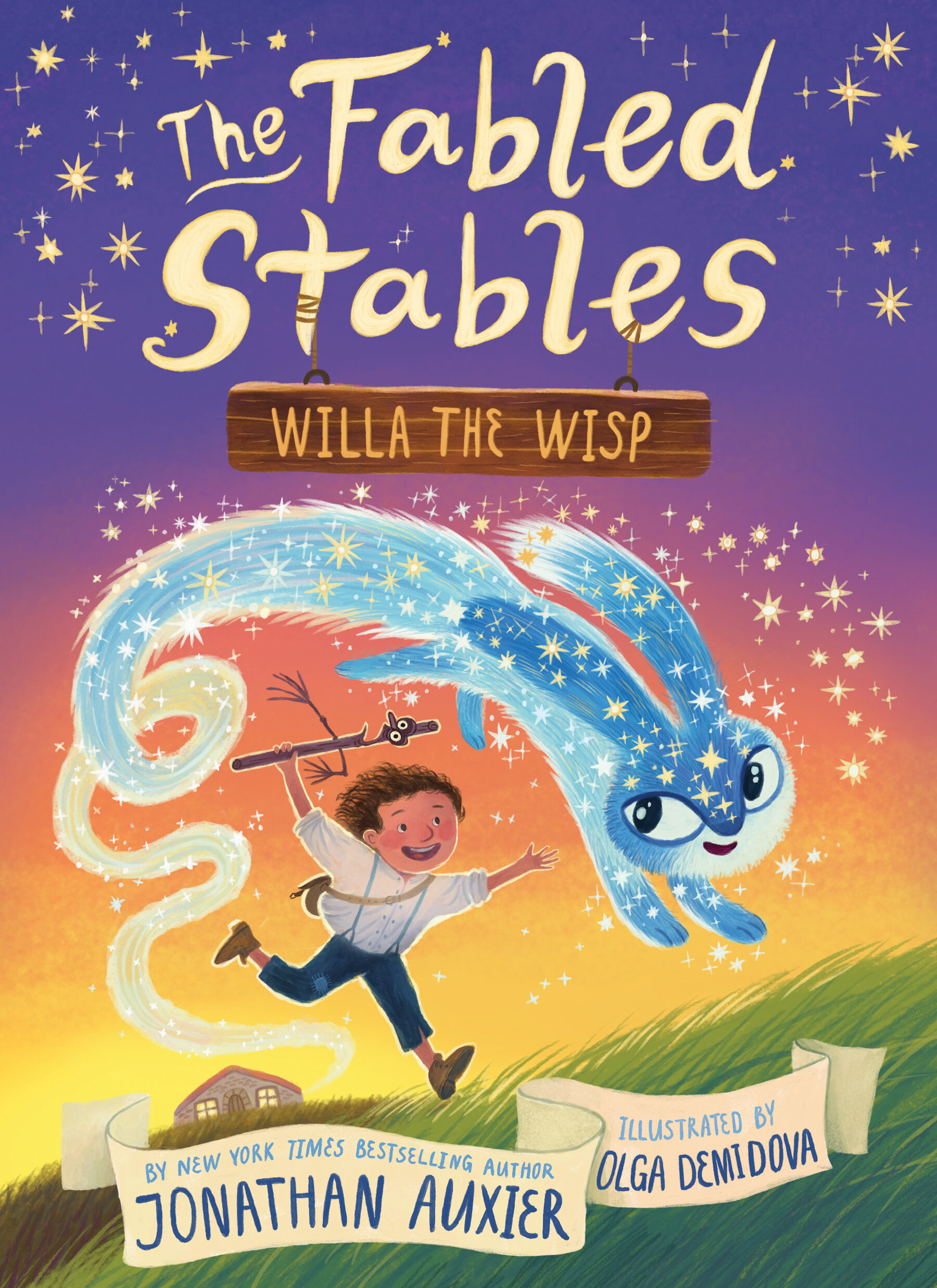PETER PAN WEEK Day 4: The Neverland Conundrum
/While discussing Peter Pan with my students last week, we found ourselves in a debate about the nature of magic in the book. On one hand, it seems like all magic comes from Peter Pan -- he seems almost able to control the island and its inhabitants with his very thoughts. On the other hand, the Neverland[1. I love that Barrie uses an article in front of "Neverland" ... I just sounds cooler.] occasionally seems to operate with an intelligence and power all of its own. There's a chilling moment as they approach the island that speaks to this disconnect:
"They had been flying apart, but they huddled close to Peter now. His careless manner had gone at last, his eyes were sparkling, and a tingle went through them every time they touched his body. They were now over the fearsome island, flying so low that sometimes a tree grazed their feet. Nothing horrid was visible in the air, yet their progress had become slow and laboured, exactly as if they were pushing their way through hostile forces. Sometimes they hung in the air until Peter had beaten on it with his fists.
'They don't want us to land, he explained.
'Who are they?' Wendy whispered, shuddering.
But he could not or would not say.
So who's in charge, Peter or the Neverland? People who have been reading The Scop all week may have a guess as to where this is going: I think Barrie's refusal to answer that question is a part of what makes Peter Pan so wonderful. When a writer chooses ambiguity, he places the task of knowing The Answer on the reader -- and instantly turns the book into a conversation.
At least, that's usually how it works. But I'll admit that there's something about this contradiction that feels more frustrating than others in the book. I think that's because it has to do with the rules of the world. By all means, make your characters and events ambiguous, but please be specific about the spaces those characters inhabit. I'm reminded of something screenwriter Blake Snyder talks about in his book, Save the Cat! He mentions the problem of "Double Mumbo-Jumbo" -- the idea that audiences will only accept one piece of magic per movie. (Or, as Snyder puts it: "You cannot see aliens from outer space land in a UFO and then be bitten by a Vampire and now be both aliens and undead.")[2. Obviously, this rule does not apply to Holly Black and Justine Larbalestier.]
 This "double mumbo-jumbo" is something I see in a lot of books and movies, and it bothers me quite a bit. I've read Ray Bradbury's Something Wicked This Way Comes every October for the last fifteen years; over that time, I've become aware that the book contains, not one, but two magical forces: the Dust Witch and the carousel.[3. While we're talking about magic carousels, I've always thought Cornelia Funke's The Thief Lord commits this very same infraction ... only in that case it's less a question of "double mumbo-jumbo" than "double plot convenience."] The problem with these competing forms of magic is that they ask too much of the audience too late into the story. Even worse, the lack of clarity about the world erodes our faith in the author, meaning we do not engage the way we should.
This "double mumbo-jumbo" is something I see in a lot of books and movies, and it bothers me quite a bit. I've read Ray Bradbury's Something Wicked This Way Comes every October for the last fifteen years; over that time, I've become aware that the book contains, not one, but two magical forces: the Dust Witch and the carousel.[3. While we're talking about magic carousels, I've always thought Cornelia Funke's The Thief Lord commits this very same infraction ... only in that case it's less a question of "double mumbo-jumbo" than "double plot convenience."] The problem with these competing forms of magic is that they ask too much of the audience too late into the story. Even worse, the lack of clarity about the world erodes our faith in the author, meaning we do not engage the way we should.
So here, at last, may be an honest to goodness flaw in Peter Pan. I have to admit that part of me feels relieved.
* * *
For those who missed the other "Peter Pan Week" posts:
Day One: Literary Dress Rehearsals
Day Two: The Problem with Peter
Day Three: Tink or Belle?
Day Five: Loss and Exclusion in Peter Pan (special guest post!)
Also, you can also read my ham-fisted attempt to connect Peter Pan to The Hunger Games here.








